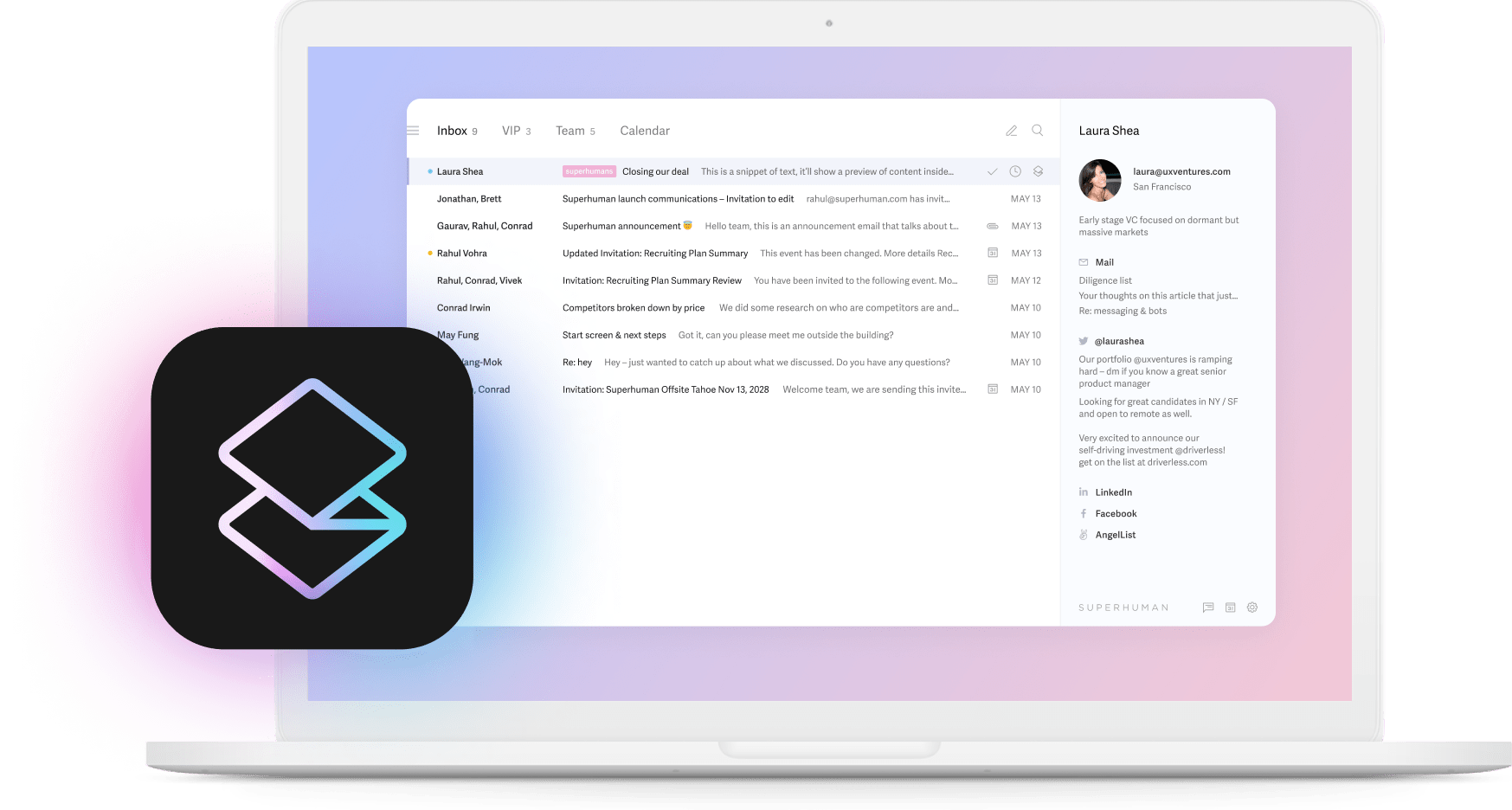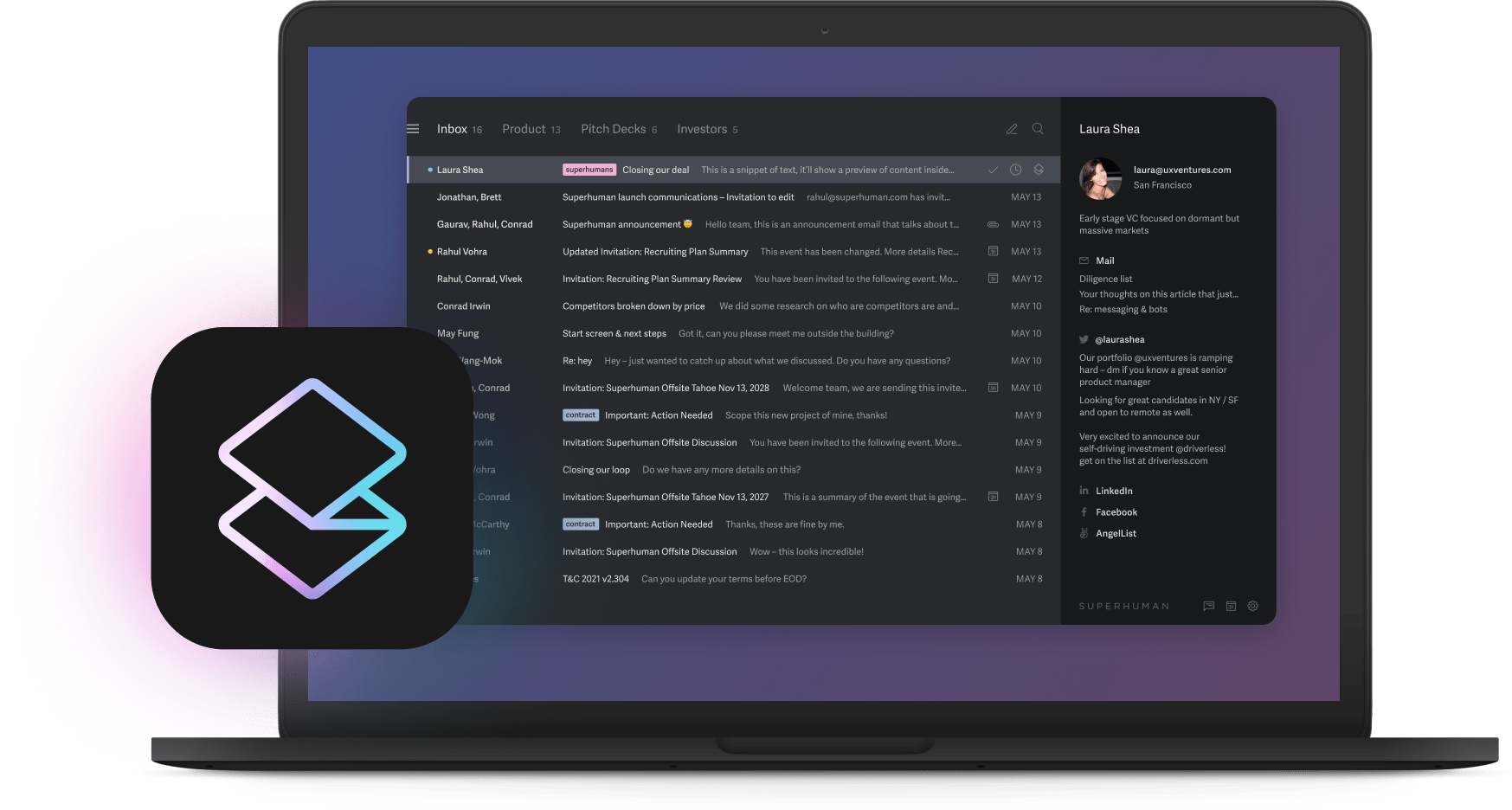
The difference between AI-enhanced and AI-native applications isn't technical jargon. It's the difference between a horse with wheels and a car.
Most software companies are frantically bolting AI features onto existing products like adding a spoiler to a Honda Civic. They're creating AI-enhanced tools that work about as well as you'd expect. Meanwhile, a smaller group of companies built their entire architecture around intelligence from day one.
The result? Software that doesn't just respond to commands but anticipates needs, handles complexity, and makes decisions. We're watching the emergence of applications that work more like skilled assistants than dumb tools.
The architecture advantage
AI-native systems learn from every interaction, adapt to individual patterns, and improve automatically without manual updates. This matters because traditional software forces you to adapt to its limitations. AI-native applications adapt to yours.
The companies building truly native applications started with a simple question: if we could rebuild this from scratch knowing what we know about AI, what would it look like? The answer, in every case, looks nothing like what came before.
Consider the productivity paradox: knowledge workers have more tools than ever but feel more scattered than ever. They check email every 11 minutes, switch between applications 1,100 times per day, and spend 21% of their time in meetings that add zero value. More tools aren't solving the problem. Smarter tools might.
The workflow transformation is already happening
AI workflow automation eliminates repetitive tasks, accelerates work by running processes 24/7, and creates standardized workflows that scale as your business grows. But the real breakthrough isn't automation. It's intelligence that understands context.
These applications understand that the message from your biggest client matters more than the newsletter you forgot to unsubscribe from. They recognize that scheduling focused work time is more valuable than optimizing another meeting. They learn patterns in your behavior and adjust accordingly.
The applications reshaping professional work
Communication and email management
1. Superhuman
The first AI-native email client didn't add smart features to existing email. It rebuilt email around intelligence. Superhuman learns your writing patterns and matches tone automatically to each recipient. It categorizes messages by importance without manual rules. It surfaces the right information at the right moment.
Teams save 4 hours per person every week, respond 12 hours faster, and handle twice as many emails in the same time. But the real value isn't speed. It's the mental overhead you get back when your tools finally understand priority.
Try Superhuman2. Otter.ai
Meetings generate information. Most of that information disappears into hastily scribbled notes and forgotten action items. Otter.ai captures everything with speaker identification, extracts decisions automatically, and creates searchable transcripts that make meetings actually useful.
The transformation isn't just convenience. It's the difference between participating in meetings and trying to document them simultaneously. When your tools handle the capture, you can focus on the conversation.
Content creation and writing
3. ChatGPT
The conversational interface changed everything. Instead of learning software commands, you describe what you want in plain language. Instead of starting with blank pages, you start with rough drafts. Instead of working alone, you collaborate with intelligence that's available 24/7.
Writer's block becomes a relic when you can bounce ideas off something that never gets tired, impatient, or judgmental.
4. Claude
Complex analysis used to require hours of research and synthesis. Claude maintains context across massive documents and lengthy conversations, reasoning through nuanced problems like a research assistant who never forgets details.
Deep work becomes accessible when your tools can handle the heavy lifting of information processing and pattern recognition.
5. Grammarly
Beyond grammar checking, Grammarly learns individual writing patterns and suggests improvements that preserve personal voice while ensuring professional polish. It's the difference between editing that makes you sound like someone else and editing that makes you sound like your best self.
Design bottlenecks kill good ideas. Magic Studio generates professional layouts from text descriptions, understanding brand guidelines and visual hierarchy automatically. Marketing teams create assets in minutes instead of hours, enabling rapid iteration and testing.
Documentation and knowledge management
7. Notion AI
Information scattered across dozens of tools creates context-switching overhead that kills productivity. Notion AI connects related information automatically, suggests relevant content, and creates structure from chaos.
The workspace becomes intelligent, surfacing what you need when you need it instead of forcing you to remember where everything lives.
Smart scheduling and task management
8. Motion
Calendar tetris is a productivity killer. Motion automatically schedules tasks based on priority and deadlines, adjusting in real-time as plans inevitably change. Your schedule optimizes itself while you focus on actual work.
9. Reclaim AI
Deep work dies by a thousand small interruptions. Reclaim protects time for focused work while maintaining flexibility for urgent priorities. It's the difference between hoping to find time for important work and guaranteeing it happens.
Specialized intelligence for business functions
The pattern repeats across industries: AI-native applications don't just work faster, they work smarter.
10. Quickbooks AI categorizes transactions automatically and predicts cash flow, turning bookkeeping from monthly panic into continuous insight.
11. Fyle captures expenses in real-time and detects fraud patterns, eliminating the paperwork nightmare of expense management.
12. GitHub Copilot suggests code completions that understand context and intent, letting developers focus on architecture instead of syntax.
13. Perplexity provides instant answers with citations, turning research from a time-consuming hunt into a conversation.
14. Jasper learns brand voice and maintains consistency across content, scaling production without diluting identity.
The pattern holds: traditional software makes you adapt to its limitations. AI-native applications adapt to your needs.
The implementation reality
Most companies approach AI like they approached the internet in 1995: as an interesting experiment rather than foundational infrastructure. They're adding AI features to broken processes instead of rebuilding processes around intelligent capabilities.
The organizations succeeding with AI-native applications share three characteristics:
They start with pain, not possibility. The most successful implementations solve specific, measurable problems. Not the most interesting problems. Not the most technically challenging problems. The most painful ones.
They think in workflows, not features. AI-native applications enable entirely new ways of working. The companies seeing 10x improvements aren't just doing old things faster. They're doing new things that weren't possible before.
They measure outcomes, not activities. Time saved, errors reduced, revenue increased, customers retained. The metrics that matter to the business, not the technology team.
The biggest mistake isn't choosing the wrong tools. It's trying to force intelligent applications into unintelligent processes.
The competitive advantage window
Here's what most analysis misses: the advantage of AI-native applications isn't just productivity. It's optionality.
When your tools can learn, adapt, and improve automatically, you can respond to changes faster than competitors stuck with rigid systems. When your applications understand context, you can make decisions with better information. When your workflows are intelligent by default, you can scale complexity without scaling chaos.
The companies adopting AI-native applications now are building operational muscle memory around intelligent systems. The companies waiting are falling further behind every day.
What this means for you
AI-native applications represent a fundamental shift in how software works. They're not just better tools. They're different tools that enable different ways of working.
The question isn't whether AI will transform professional workflows. The question is whether you'll shape that transformation or let it happen to you.
Your tools should understand your priorities, anticipate your needs, and handle routine decisions automatically. They should make you better at what you already do well, not force you to become better at using tools.
Software that understands context is already here. The question is how quickly you'll adapt to take advantage.






